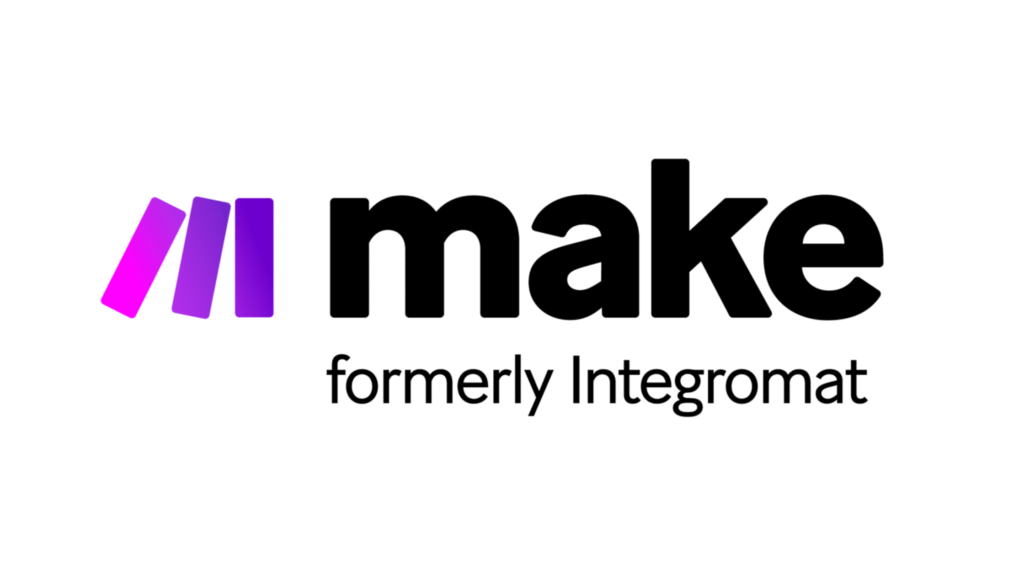A webhook payload may appear empty in Make (Integromat) if no actual data is sent during the test, headers are misconfigured, or the source app isn't firing the event correctly. Checking webhook setup, sending a real test event, and reviewing logs usually resolves the issue.

When testing webhook-based automations in Make (formerly Integromat), seeing an empty payload is a common issue. It usually means that the webhook was triggered without data, preventing the scenario from executing as expected.
1. No Real Data Sent to Trigger Webhook
Most often, the webhook is being pinged, but no form or source event is actually sending data during the test.
Fix:
- Trigger the webhook from the actual source (e.g., submit the form, complete the action)
- Avoid manually visiting the webhook URL in a browser (it only sends a GET request without payload)
2. Incorrect HTTP Method Used
Make webhooks expect a POST request with a payload. If your system is sending a GET or PUT request, the payload will likely be missing.
Fix:
- Check your source platform (like Webflow, Typeform, or custom script)
- Ensure it uses POST method with a properly structured JSON body
3. Source App Is Sending to Wrong Webhook URL
If the webhook URL copied from Make isn’t correctly placed in the source app or script, Make won’t receive the expected payload.
Fix:
- Confirm the exact webhook URL in Make
- Paste it correctly into the sending platform’s webhook field
4. Test Data Not Structured Properly
Some apps (e.g., custom-coded forms or third-party tools) may send an empty object {} or incorrectly nested fields that Make can’t parse during the test.
Fix:
- Use a real submission with filled data
- Inspect the payload using tools like Webhook.site to see what’s actually being sent
5. Webhook Not “Listening” During the Test
In Make, you must first “Run Once” on the webhook module so it listens for incoming payloads. If you skip this step, it won’t capture anything.
Fix:
- Open your scenario in Make
- Click “Run Once” on the Webhook module
- Then trigger the webhook from your source
6. Webhook Expired or Changed
If you regenerate a new webhook URL in Make but forget to update it in your source app, it will send data to the old, inactive one.
Fix:
- Always check that the active webhook URL in your source matches the one in your current Make scenario
7. Use Custom Headers and Content-Type Carefully
Sending the wrong Content-Type (e.g., text/plain instead of application/json) can prevent Make from understanding the payload.
Fix:
- Use
application/jsonif sending JSON - Review headers to ensure proper formatting and authentication, if required
Final Thoughts
To troubleshoot an empty webhook payload in Make, always send a real test event, use the correct HTTP method, and make sure the webhook is “listening” during setup. Logs in both the source app and Make will give you exact clues to fix the problem.
How Socinova Can Help
Webhook integrations can break silently, costing you leads or key data. At Socinova, we build and troubleshoot Make automation flows to ensure your payloads are received, parsed, and routed correctly—no lost data, no guesswork.
Book your free consultation today.




